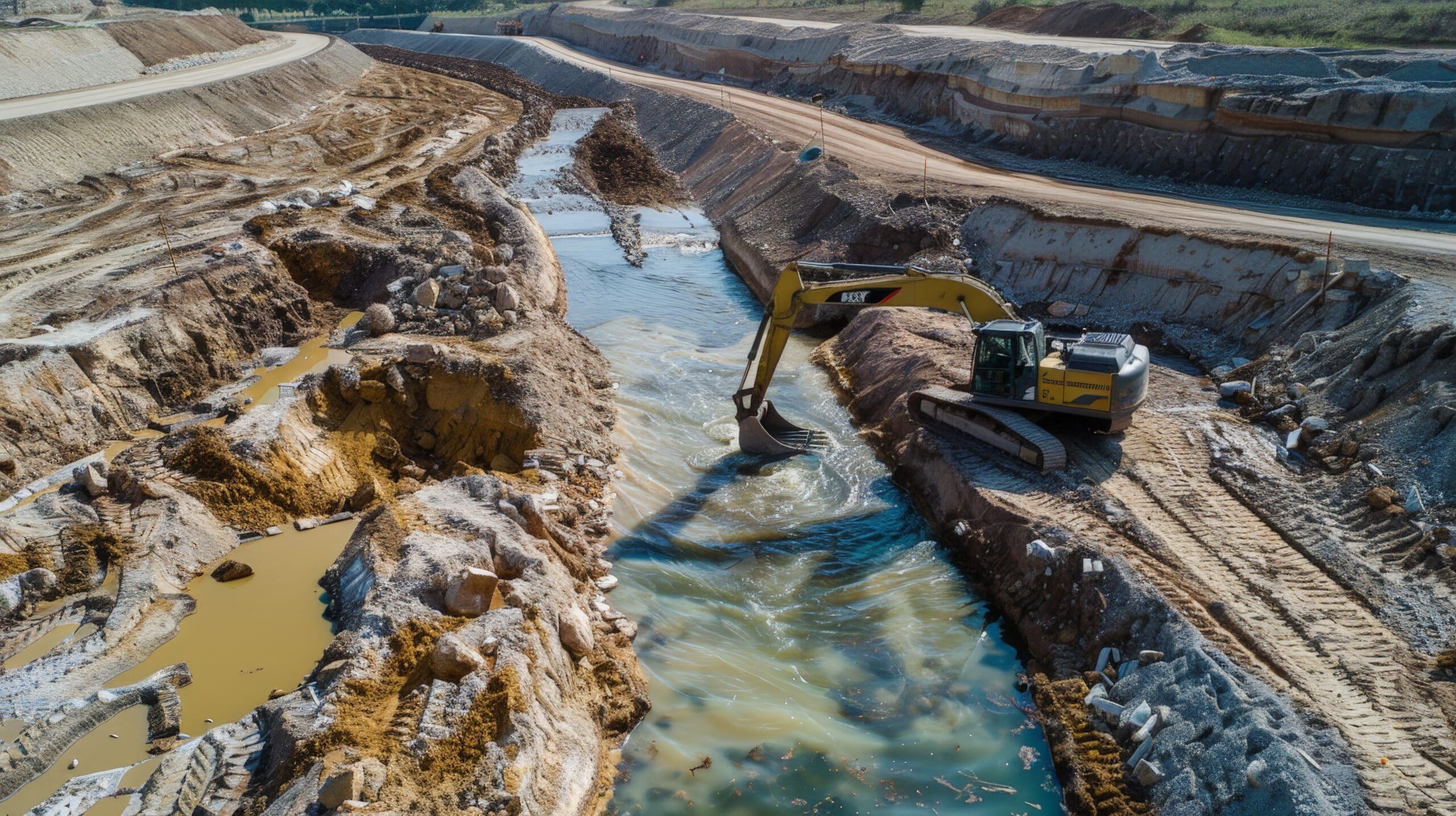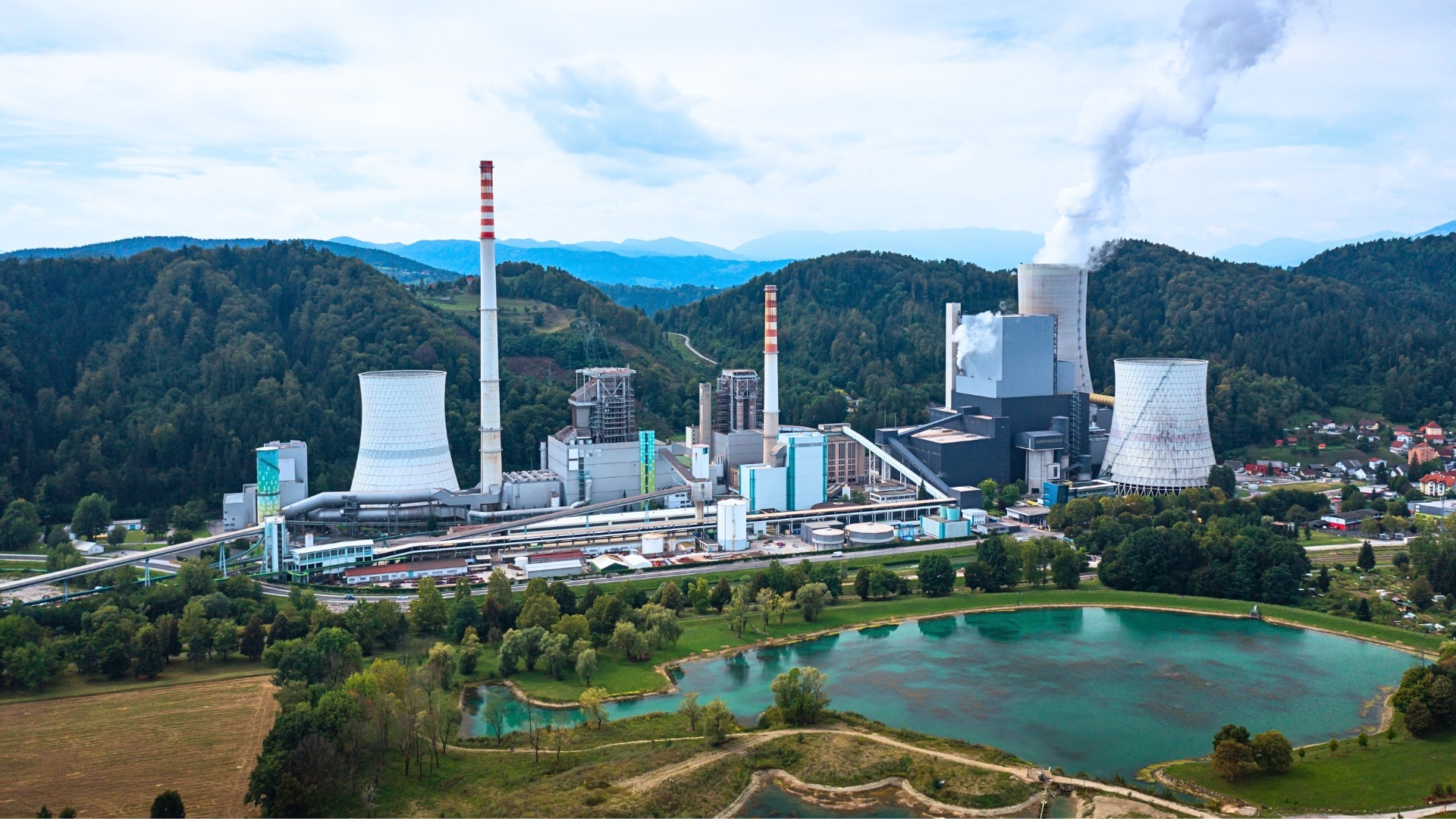Eliminate odor problems
Ponds in golf courses, parks or gardens often have both an ornamental and irrigation purpose. To furnish both, it is important that the water looks clear, is free of any solids and should not contain chemicals that may harm the plant growth.
Algae growth within ponds can complicate irrigation; as filamentous algae may clog the pump, and suspended algae can clog nozzles later in the system.
Chemical-based herbicides and algaecides can be substituted by LG Sonic ultrasound technology. Chemical-free and cost-effective.
Talk to an expert
Benefits of ultrasonic algae treatment
Lower chemical expenses
Improve operation of filters and pipes
Prevent toxic algal blooms

Golf course ponds
- Low-power ultrasound, no cavitation
- No release of algal toxins
- 100% safe for the environment
Ponds in golf courses often have both an ornamental and irrigation purpose. To furnish both, it’s important that the water looks clear, is free of any solids, and shouldn’t contain chemicals that may harm the plant growth.
Algae growth within ponds can complicate irrigation, as filamentous algae may clog the pump and suspended algae can clog nozzles later in the system.
The algae control devices from LG Sonic emit specific ultrasonic parameters to control algae in golf course ponds.
MPC-Buoy
All-in-one solution for controlling algae in drinking water reservoirs.

Questions?
Receive more information and a free quotation.
Frequently asked questions
-
What is the impact of LG Sonic ultrasound on zooplankton?
Recent studies commissioned by the Dutch water board and conducted by research agency Ecofide have concluded that the LG Sonic ultrasound is safe for fish, plants, zooplankton, and other aquatic organisms.
-
Why control the algae if nutrients are the problem?
Reducing nutrients is, of course, also necessary but difficult to achieve, even in the long-term. The majority of nutrient management methods are costly and require frequent dosing with unknown side-effects for the aquatic ecosystem. Besides, the duration and intensity of algal bloom events is strongly depended not only on nutrients but also on a combination of environmental factors, such as climate change, weather patterns, and an unbalanced ecosystem.
-
What kind of water does your ultrasound work in?
The MPC-Buoy technology can be installed in freshwater, salt water, and brackish water.
-
What’s the largest water body that has LG Sonic implemented? Any issues linking many buoys?
We have multiple projects with large numbers of MPC-Buoy units installed. For example, in Dominican Republic, 50 MPC-Buoys are in operation in a 7km2 reservoir. The buoys communicate with each other for optimal treatment.
-
What's the minimum depth of water required for LG Sonic treatment?
We recommend a minimum water depth of 3 feet / 1 meter.












